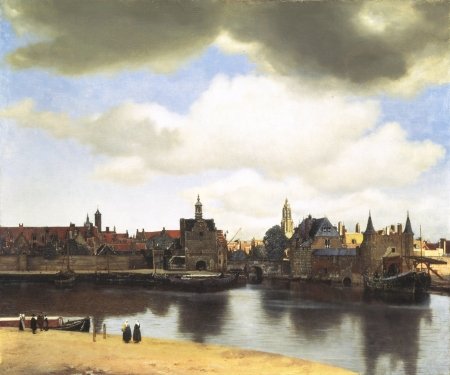Delft 2009: Difference between revisions
No edit summary |
|||
| Line 65: | Line 65: | ||
2628CN Delft<br> | 2628CN Delft<br> | ||
The Netherlands<br clear="all"><br> | The Netherlands<br clear="all"><br> | ||
== Instructors == | == Instructors == | ||
Revision as of 08:09, 11 September 2009
| Program | |||
|---|---|---|---|
| Day 1 | Friday, June 12 | ||
| 9:00-12:00 | Madagascar as a framework for reproducible research | ||
|
Madagascar provides a complete environment for organizing one's research, from new software development to running computational experiments to publishing the experimental results in papers and reports and archiving them for future usage. This shared environment enables an efficient exchange of research results with colleagues and sponsors. In this module, you will learn how to take the full advantage of the Madagascar environment to enhance research productivity and research collaboration. | |||
| 13:00-16:00 | Seismic interpretation (via OpendTect and Madagascar) | ||
|
The usage domain for Madagascar traditionally is seismic processing. Products will go off to some form of interpretation. This module will provide an overview of the interpretation process, what interpreters need and what they produce. OpendTect is an Open Source tool that covers the basic interpretation work flow. With its open architecture, everyone can make extensions of the functionality with plugins (in C++ or even C). Recently, the Madagascar connection plugin was added to OpendTect which gives access to the Madagascar programs in an easy GUI-driven way. This broadens the scope of Madagascar, enabling all kinds of processing still necessary to further investigate the data or to refine the processing. The Madagascar plugin is discussed, plugin building in general, and implications for future developments in Madagascar. | |||
| Day 2 | Saturday, June 13 | ||
| 9:00-12:00 | Wavefield seismic imaging | ||
|
The theoretical part of this module provides an overview of reverse-time imaging methodology applied to wavefield seismic data. The main technique discussed is reverse-time migration with emphasis on modern imaging conditions which enable migration velocity analysis and amplitude-versus-angle analysis. The applied part demonstrates this technique on a complex geologic model using Madagascar codes in a fully reproducible setup. | |||
| 13:00-16:00 | Seismic interferometry | ||
|
In this module, we will discuss theoretical aspects of seismic interferometry in the context of scattering problems with applications for imaging and monitoring. Using Madagascar, we will build fully reproducible numerical experiments, using different models and acquisition geometries, that provide examples and insights into interferometry of scattered fields. | |||
Location

CITG Building, Room 0.20
Department of Geotechnology
Delft University of Technology (TU Delft)
Stevinweg 1
2628CN Delft
The Netherlands
Instructors
- Sergey Fomel (University of Texas at Austin)
- Arnaud and Hélène Huck (dGB Earth Sciences)
- Paul Sava (Colorado School of Mines)
- Ivan Vasconcelos (ION Geophysical)
